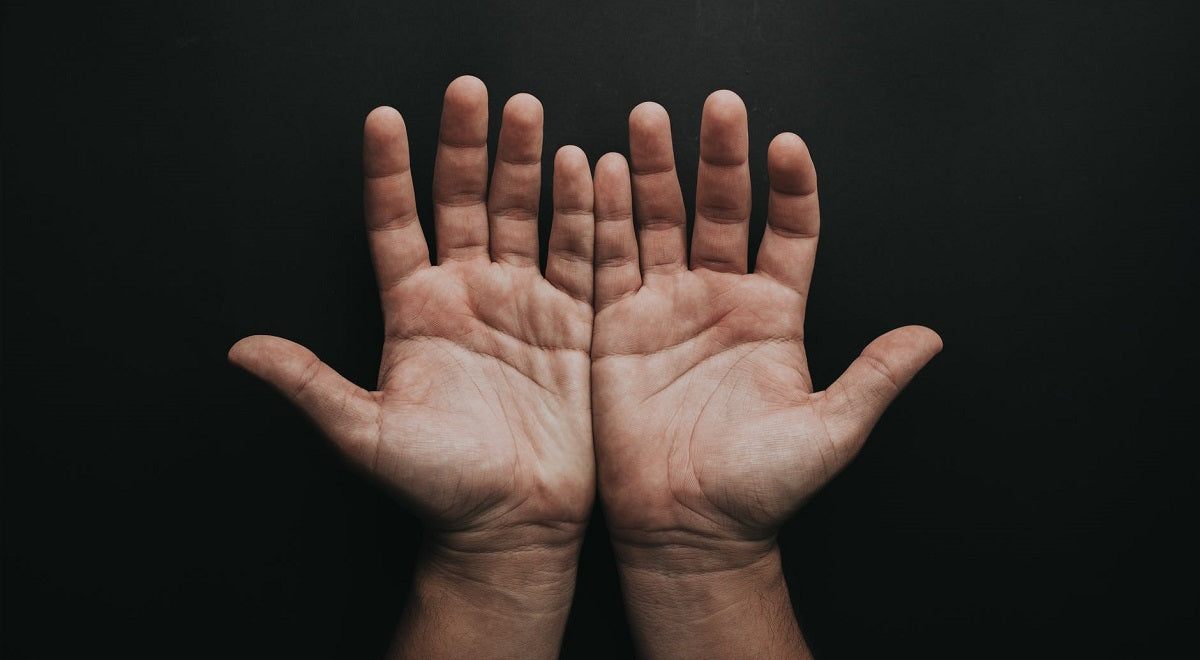We typically associate arthritis with the elderly. However, there are many forms that can present at any age, even childhood. Arthritis inflames the joints, and can make movement painful.
Rheumatoid Arthritis
Rheumatoid Arthritis (RA) is an autoimmune disease. Your immune system will attack healthy cells in the body. A flare-up can occur over a day or two or last a few weeks. It may also recur in one joint, or flare up in a different joint each time.
Signs of early onset RA include:
- Stiffness in one or more joints
- Pain on movement
- Tenderness in the joint
- Pain spreading to other joints over time
- Sometimes, low-grade fever
- Feeling sick and tired without having a cold or flu
- Depression
Osteoarthritis

Osteoarthritis (OA) is the most common among persons over the age of 50. However, athletes and women with low oestrogen levels have an increased risk.
Symptoms include:
- Aching / stiff / swollen joints
- Muscle weakness / instability around a joint
- Limited range of motion
- Clicking or cracking sound when the joint bends
OA is often ignored until it is too late to perform an effective surgery. This may lead to an athlete having to retire early.
Psoriatic Arthritis
Psoriasis is an autoimmune disease that causes the skin to grow much quicker than what is needed. The layers of skin cause red, scaly patches, that may develop into blisters if severe enough. When the skin around a particular joint remains inflamed for long periods of time, it can cause inflammation in the joint itself, with typical arthritis symptoms.
Ankylosing spondylitis

Ankylosing spondylitis causes the small bones in your vertebrae to fuse. This leads to a decrease in spine flexibility and can cause a hunched or crooked posture. If your ribs are affected, it can be difficult to breathe properly. It is more common among young adults up to the age of 45.
Symptoms include:
- Pain and stiffness that starts in the lower back and buttocks
- Over the course of a few months, the pain will spread through the neck, ribs, shoulder blades, hips, thighs and heels
- Pain can be located in one side, alternate or both sides
- The pain will be dull, hard to pinpoint
- Mild fever and loss of appetite
- Mild to moderate anaemia
- Bowel inflammation
- Uveitis (inflammation of the eye)
Lupus (can we include a visual?)
Lupus is an autoimmune disease that affects all systems of the body with inflammation. Along with typical arthritis symptoms, you will have a butterfly-shaped skin rash on the face, which gives the wolf-like appearance after which Lupus was named.
Lupus is often triggered by allergens, extreme heat or cold, direct sunlight or medications.
Juvenile Arthritis
This may present in children as young as 6 months. Although it can be treated and some children can obtain permanent remission, any damage done to their joints will remain. The cause is largely unknown, it may be genetic, but is mostly part of a larger autoimmune condition. It is usually treated with non-steroidal anti-inflammatory medications.
Symptoms include:
- High fevers and rashes that come and go quickly
- Difficulty moving joints
- Increased joint stiffness after resting
- Swollen, enlarged, red and warm joints
What are the main risk factors for these types of early-onset arthritis?
- Unhealthy weight and nutrition – Children who are malnourished will not have the right nutrition to build strong bones, joints and muscles. Adults that are malnourished will lose their natural resistance over time. If you are severely overweight, this adds extra strain to your weight-bearing joints, such as your back, hips and knees
- Infections – bacteria and viruses may infect joints, and a compromised immune system may lead to added inflammation
- Repeated joint injuries – doing certain sports or jobs will demand repetitive movements that can add strain to your joints
- Smoking can lead to diminished uptakes of nutrients that are vital for strong bones and joints
- Women are more prone to arthritis than men, especially if they have lower levels of oestrogen
- Genes factor in when you have a family history of arthritis
What to do

If you have any concerns, you doctor can likely determine if you have some form of arthritis by looking at your medical history, a physical examination, blood tests or an x-ray.
Treatment may include physical therapy, medication, surgery and some lifestyle changes. It is important to diagnose as early as possible, to limit permanent damage.
Speak to our pharmacists for a recommendation on suitable supplements to include in your regimen to support your bone and joint health.
We can deliver your sanitary products, medication, supplements, cosmetics, fragrances and other Mopani online shopping, nationwide. Contact us for info: mopani.co.za | crossing@mopani.co.za | Tel: 0137555500 | WhatsApp: 0661921703


